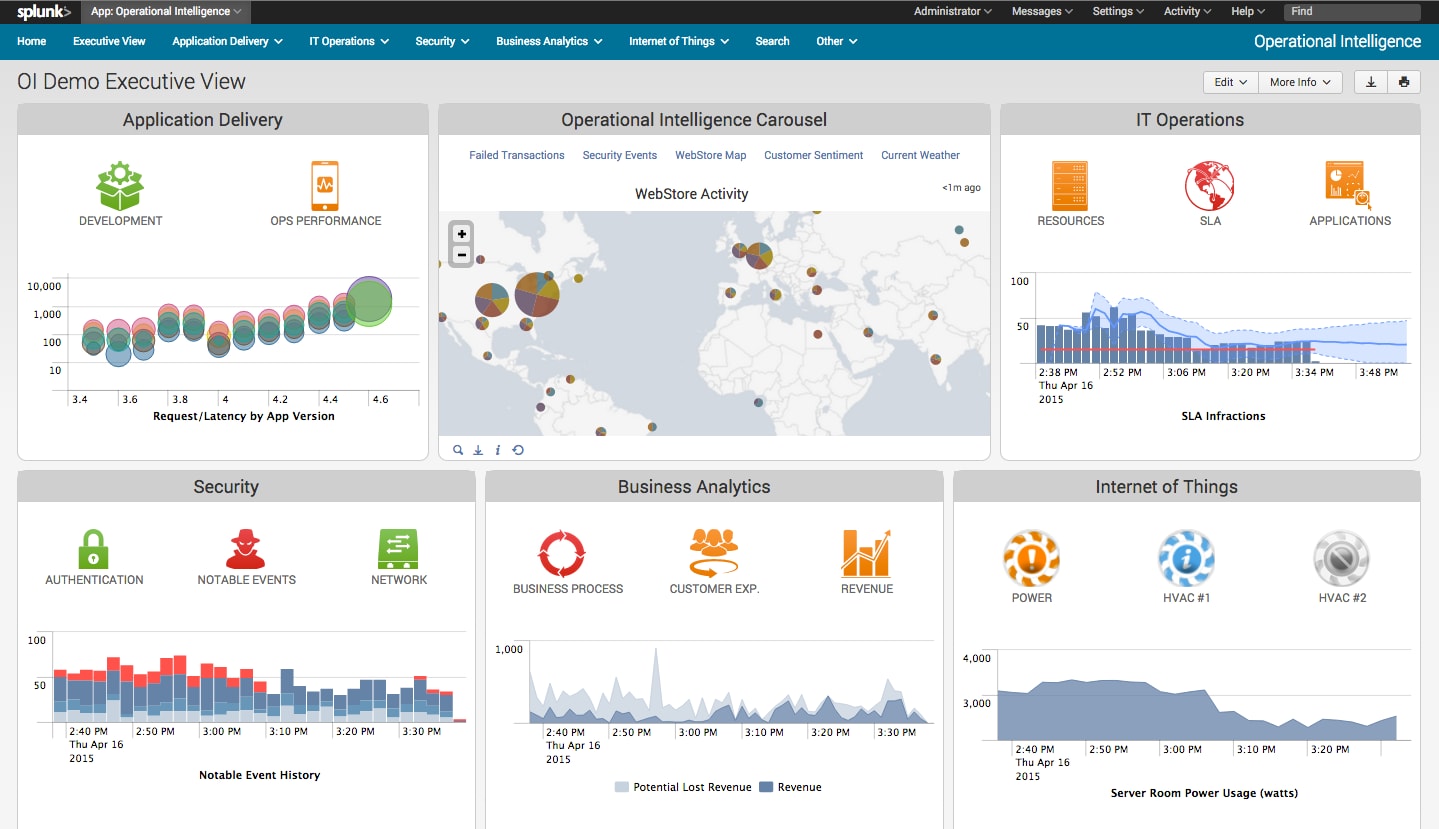

- #SHINY R MOVIE EXPLORER HOW TO#
- #SHINY R MOVIE EXPLORER UPGRADE#
- #SHINY R MOVIE EXPLORER PRO#
- #SHINY R MOVIE EXPLORER CODE#
- #SHINY R MOVIE EXPLORER TRIAL#
Pieces of functionality that I always find missing and I implement
#SHINY R MOVIE EXPLORER CODE#
Shiny is a fantastic R package provided by RStudio that lets you turnĪny R code into an interactive webpage. ( devtools::install_github("daattali/shinyjs")). ( install.packages("shinyjs")) and GitHub Play around with some of the functionality that shinyjs makesĪvailable, or have a look at a very basic ShinyĮnhance the user experience with very minimal and simple R code. You can check out a demo Shiny app that lets you It lets you perform common useful JavaScript operations in ShinyĪpplications without having to know any JavaScript. Shinyjs is my second R package that managed to find its way past the CRAN review process. The package's tree structure should look like this Then place your Shiny app folder under inst/shiny-examples/ and add an R file called runExample.R. Here are the steps to do this (I've learned a lot from looking at shiny::runExample source code - thanks RStudio):įirst, add Shiny as a dependency in your DESCRIPTION file (preferably under the Suggests: field).

I recommend including the source code of the Shiny app in your package, and having a function such as runExample() that will launch the app. Include the app in the package and add a function to launch it The advantage of doing this is that people can play aroud with your package before even downloading it. Then you can include a link in the package's README or vignette or function documentation that points to the Shiny app.Īs an example, I host my own Shiny Server where I can host my Shiny apps, and whenever I release a new package, I include a link in the README to a demo app. You can host your Shiny app somewhre that is publicly available, such as shinyapps.io or on your own Shiny Server. These two methods are NOT mutually exclusive I personally do both of them together: 1. There are two ways to complement a package with a Shiny app that shows its main usage. Of course, having a Shiny app is in no way a replacement to documentation, it's just a useful add-on. You can have several Shiny apps, each showing the usage of a particular function, or one app that is representative of a whole package. This way, a user who finds your package and isn't quite sure what to do with it can try the Shiny app to see whether or not this is the functionality they were looking for. I think that if a new package has some functions that can be easily illustrated in a simple Shiny app, it's worth it to take the extra 1-2 hours to develop it. Making a Shiny app doesn't necessarily always make sense for every package, but there are certainly many times when it can be a great addition to a package's "documentation". You be the judge: after that one-sentence description of some functionality, would you rather go straight to the README, or see it in action first in a Shiny app online? I might be wrong, but I think it's useful to interactively see what the package can do. What this means for package developers is that you can have an interactive webpage that lets users experiment with your package and see what it can do before having to read through the potentially lengthy function documentations/vignette.Īs an example, I recently released a package for adding marginal plots to ggplot2. In a nutshell, Shiny is a package that lets you run your R code as an interactive webpage. And with the use of Shiny, we now have another great tool we can use to showcase a package's capabilities.
#SHINY R MOVIE EXPLORER HOW TO#
Proper documentation is essential so that others will know what your package can do and how to do it. The former is a no-brainer, while the latter is what developers usually dread the most - the D-word (Documentation. Writing packages has become such an easy experience now that Hadley's devtools is so powerful, and as a result there are new packages being released by useRs every single day.Ī good package needs to have two things: useful functionality, and clear usage instructions. The R community is generally very fond of open-source-ness and the idea of releasing all code to the public.
#SHINY R MOVIE EXPLORER PRO#
This means that you can try Movie Explorer Pro for free, even if you plan to buy the standalone edition.(This article was first published on Dean Attali's R Blog, and kindly contributed to R-bloggers)
#SHINY R MOVIE EXPLORER TRIAL#
You can try Movie Explorer Pro by using the fully functional, automatically ending 14-day trial in the standard edition.

#SHINY R MOVIE EXPLORER UPGRADE#
But if you also want to catalog TV Show files, Blu-rays, DVD's, and other disc formats, or you need advanced catalog features, then you'll need to upgrade to the professional edition. The free standard edition is all you need if you only want to catalog your digital movie files. Movie Explorer Pro is also available as a standalone app, if you prefer to pay upfront. The standard version is upgradeable to Movie Explorer Pro with a monthly or yearly subscription. Movie Explorer is available in two editions, standard and professional.


 0 kommentar(er)
0 kommentar(er)
